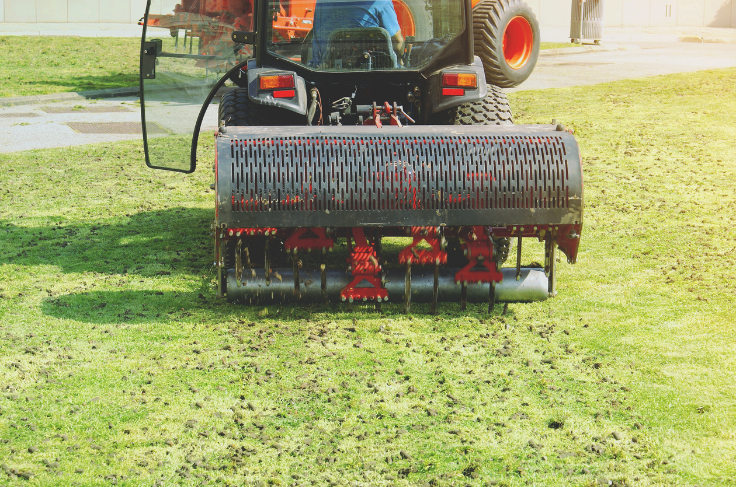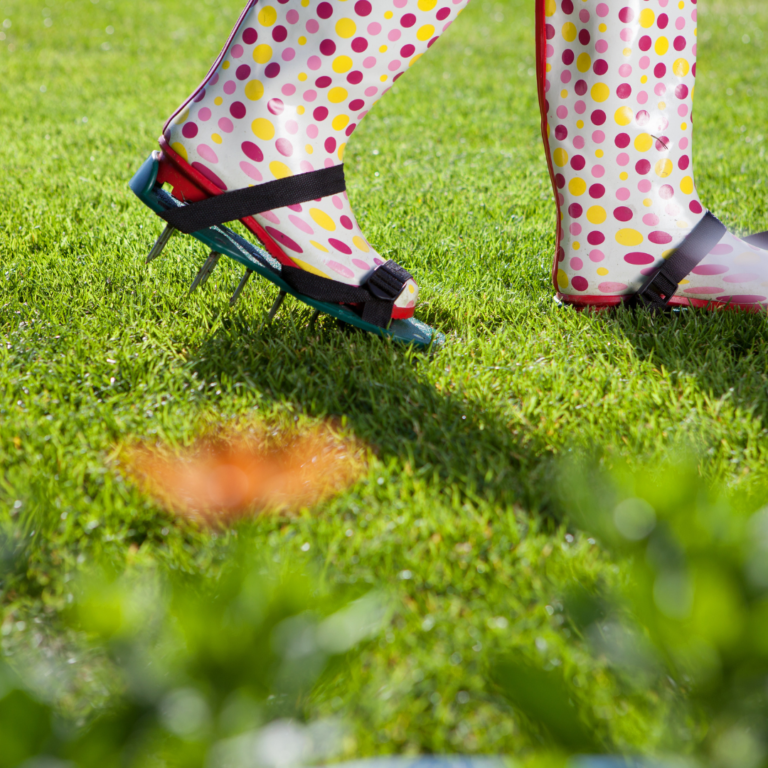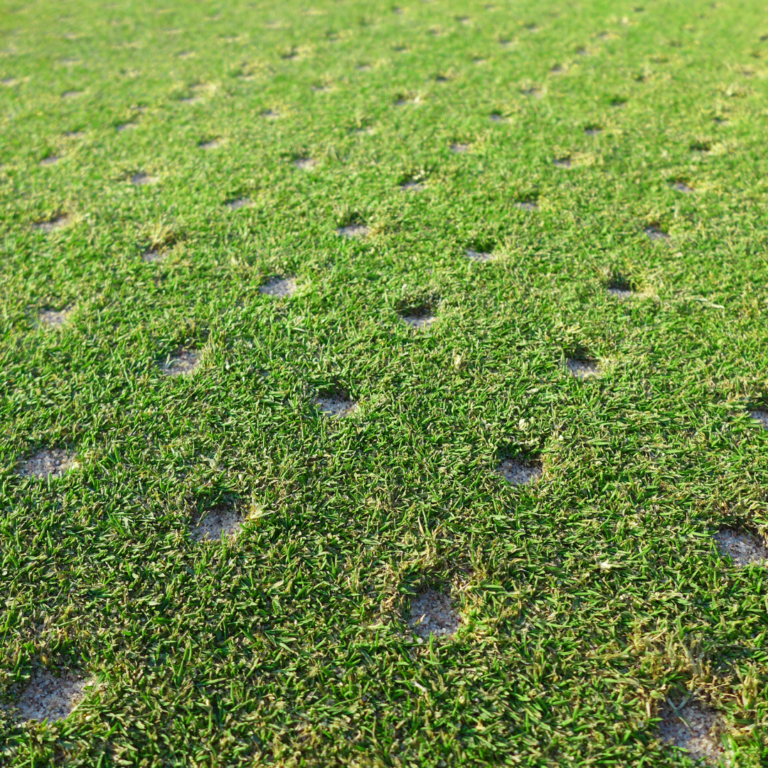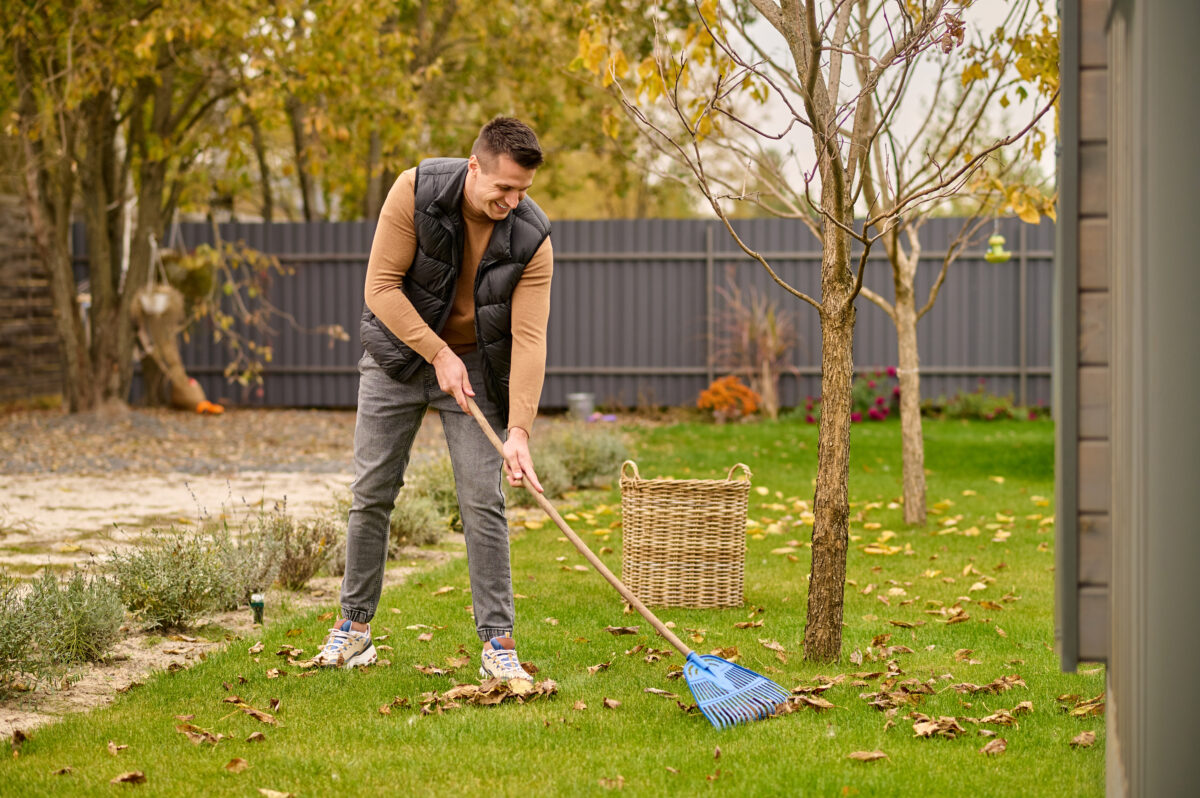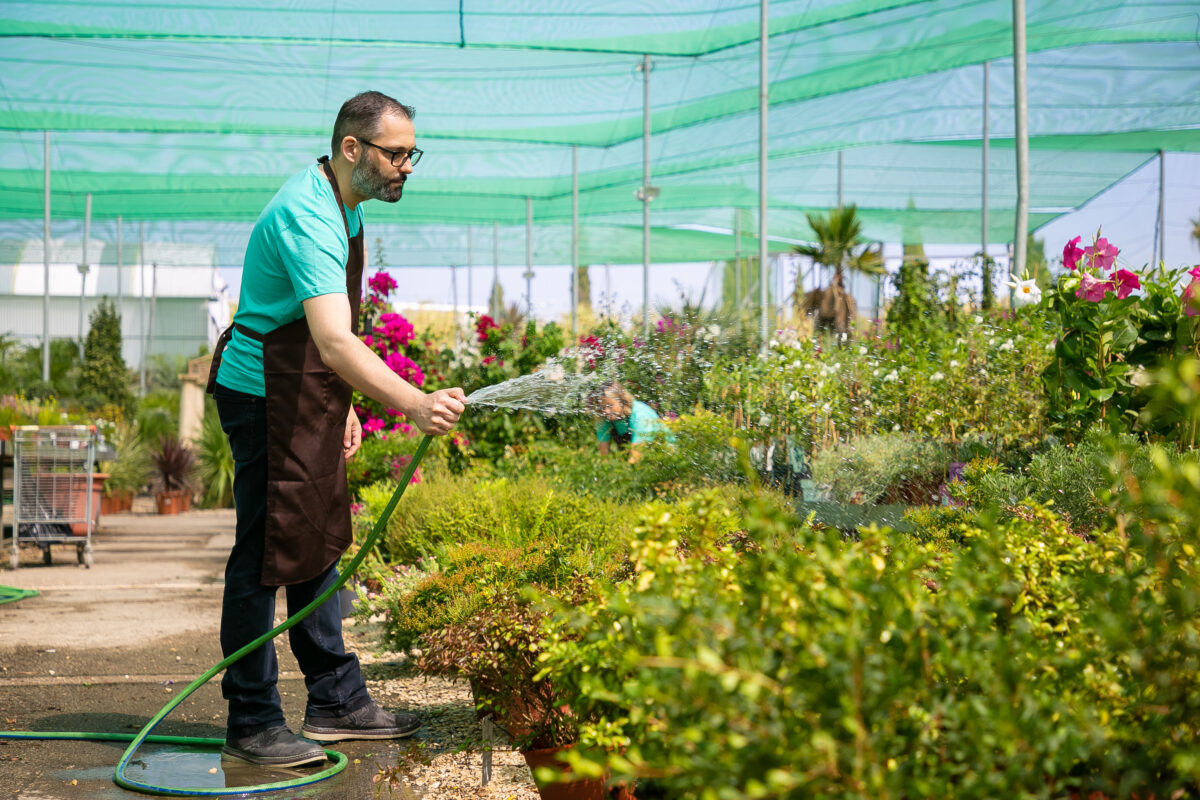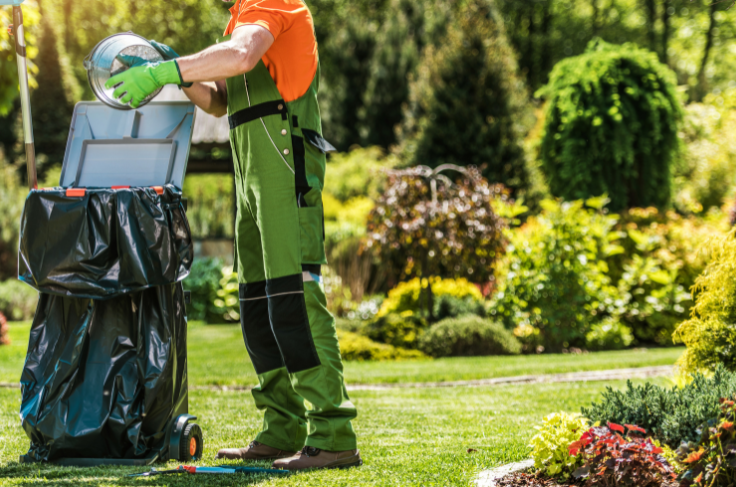A beautiful, green, lush yard speaks to any homeowner’s pride, but attaining and maintaining that perfect carpet of grass requires more than just regular mowing and watering. People often overlook how much aeration can help their lawns.
Over time, your lawn becomes compacted and thus allows less water, air, or even nutrients to reach the roots of grass. Aeration is a process whereby you make small holes in the soil to alleviate this compaction. You are literally giving your lawn a breath of fresh air. This promotes better root growth, enhances drainage, and boosts nutrient absorption.
This blog explains why aerating is key, when you should, and, most importantly, how you can go about it which will ensure good grass growth over the seasons.
Why Aerate Your Lawn?
Lawn aeration is an important process that allows for the right mix of air, water, and the right nutrients through the root zone of the grass by making holes in the soil. Such a process happens for the following reasons:
1. Improved Soil Health: Over a period, the soil tends to get compacted, especially on sites facing high traffic. Compacted soil limits the movement of air, water, and nutrients to the roots, hence a weakened lawn. Aeration helps in loosening the soil to, in turn, allow the roots to go deeper and stronger.
2. Improved Nutrient Uptake: Aerated soil is favorable for better uptake of nutrients applied as fertilizers because aeration increases the accessibility of nutrients to the grassroots. This allows the growth of healthy grass that stays vibrant and resilient to stress due to drought, high temperatures, and pests.
3. Thatch Reduction: Thatch is the accumulation of dead grass, roots, and debris in a layer on top of the soil. In thin amounts, thatch serves to be very beneficial; however, in high amounts, this may block water and nutrients from reaching the soil. Aeration helps in the breakdown of excessive thatch to sustain a healthier lawn.
4. Better Water Absorption: One increases the rate at which water is absorbed into the lawn by aeration. This reduces runoff, as most of the water reaches the grassroots. This is most important in areas prone to drought or those with water restrictions.
5. Stronger Grass: Aeration supports new grass shoots and alleviates the pressure from compacted soil, which invariably aids in the uptake of food. The process inspires growth for eventual refuge, offering a healthier lawn capable of resisting both weed growth and disease.
When to Aerate Your Lawn?
Understanding the concept of when it is time to aerate your lawn is very important to getting optimal results. The right time for core aeration varies on the type of grass that is on your lawn.
Cool-Season Grasses: Cool-season grasses respond best to aeration done in the early spring or early fall. For example, Mooresville bluegrass, fescue, and ryegrass are at their peaks during this period, during which they grow readily and thus can recover from aeration quite fast.
Warm-Season Grasses: With North Carolina grasses, the best aeration time is late spring or early summer, when these grasses are in their full bloom, or a period of growth. The aeration would allow quicker recovery of the grass and boost good growth going into the hot summer months.
General Guidelines: Aerate when it is not too hot and dry. This can put stress on lawns already under stressors. The soil must be moist but not so wet that it’s waterlogged or too dry to penetrate. Dry soil is extremely difficult to penetrate, and wet soil will make a mess of mud.
How to Aerate Your Lawn?
Now since we have gone through reasons and timings, let’s see how to aerate the lawn. If the process sounds intimidating, don’t worry. With the right tools and attitudes, it’s easy.
- Choose the Right Equipment: The market generally has two types of tools for aeration: spike aerators and plug (core) aerators. Spike aerators make the minimum requirement of holes in the ground, and don’t remove anything, but just punch holes, while plug aerators are designed to remove small plugs of soil and thatch. Plug aerators generally work better because they reduce soil compaction to a much larger degree.
- Preparation: Mow the lawn slightly lower than usual before aeration so the aerator can reach deeper into the soil. Additionally, water the lawn a day or two ahead of time to aeration so the soil is somewhat moist—it makes the process a bit easier to do.
- Aeration Process: Make a few passes onto the turf, particularly about the areas bearing high foot traffic or compacted areas. Try to remove plugs 2-3 inches deep and spaced about 2-4 inches apart for best results.
- Afterward: Immediately after aeration, the small soil plugs that are left should simply be left on the lawn to decompose. These plugs will soon degrade and reintroduce many essential nutrients back into the soil. This is also a good time for overseeding and fertilizing as those aeration holes will be just the right size for the seeds to germinate and for the roots to have access to the fertilizer.
- Watering: Following aeration, apply plenty of water to the grass and keep it at a consistently moist level for the next couple of weeks. This will encourage the grass to revive and new seeds to germinate.
- Frequency: Most lawns benefit from aeration on an annual basis, while heavily trafficked lawns or those with clay soil will require aeration more regularly—possibly twice a year.
Extra Tips for a Successful Aeration
- Monitor Thatch Levels: Occasionally check the thatch levels in your lawn. At levels above half an inch, dethatching other than aeration may be necessary to allow space for your lawn to breathe and take in nutrients.
- Get Professional Help: If in any case, you are not too pretty sure of when and how to aerate, or your lawn has a problem, consulting a lawn care professional can provide you with tailored advice for the best possible result.
Conclusion
Lawn aeration provides a simple but quite effective means of supporting healthier greener sceneries and landscapes. Knowing why to aerate your lawn, when to do so, and how to actually do it, you can proceed to take steps toward enhancing the health and appearance of your lawn. Whether you are an experienced gardener or just newly wedded to the business of lawn nurturing, here is how lawn aeration can work wonders for you in making your lawn the envy of the neighborhood.
For lawn aeration or other lawn service, you might consider hiring professionals. Lawn Pro of the Carolinas would be at your service. We have a professional team committed to top-quality care in order to provide your lawn with the best look throughout the year. Get in touch with us now to schedule your lawn aeration service and experience the Lawn Pro difference!

